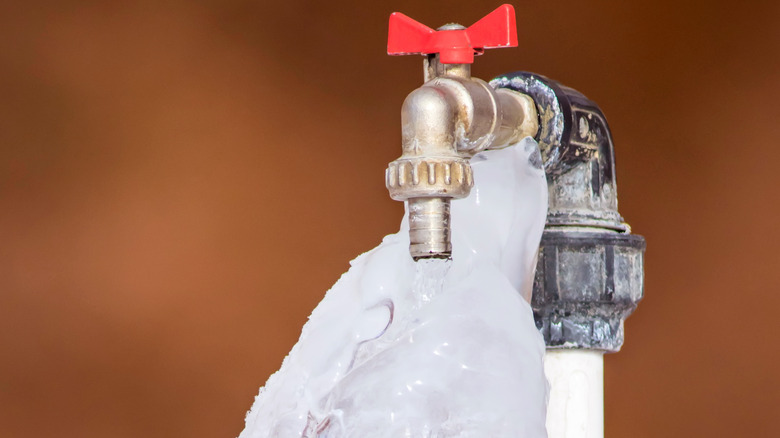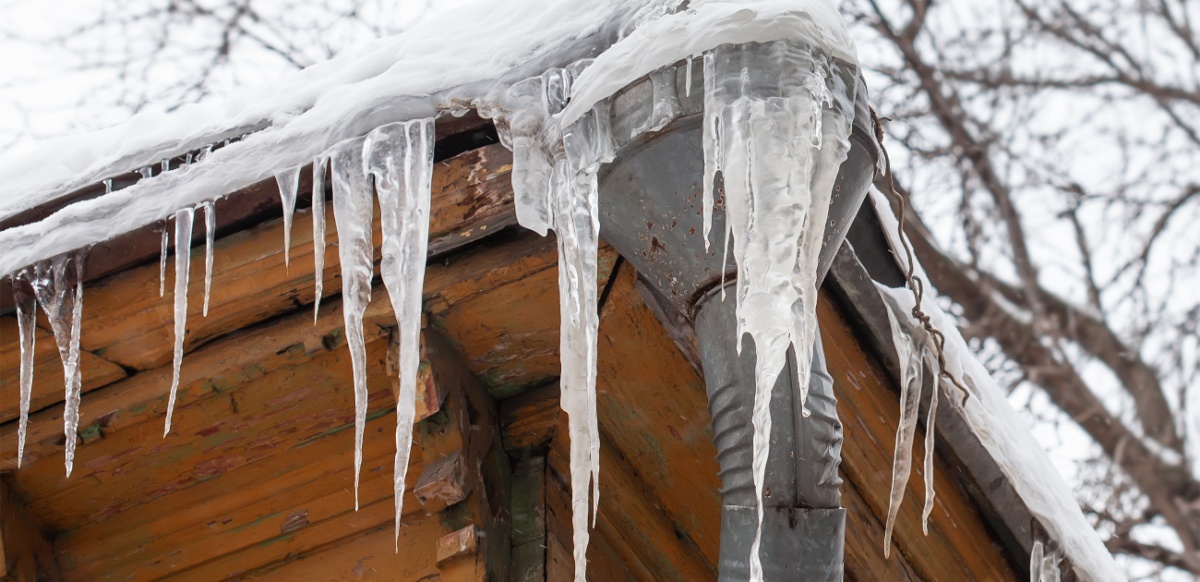Prevent Frozen Plumbing in Winter: Pro Strategies
Prevent Frozen Plumbing in Winter: Pro Strategies
Blog Article
They are making several good annotation regarding How to prepare your home plumbing for winter weather overall in this post beneath.

Winter can wreak havoc on your plumbing, specifically by freezing pipes. Below's exactly how to stop it from occurring and what to do if it does.
Intro
As temperature levels drop, the risk of icy pipelines increases, possibly leading to pricey repair work and water damages. Comprehending how to prevent frozen pipes is essential for homeowners in cool environments.
Prevention Tips
Protecting prone pipelines
Wrap pipes in insulation sleeves or make use of warm tape to safeguard them from freezing temperatures. Concentrate on pipes in unheated or exterior areas of the home.
Home heating techniques
Maintain indoor spaces properly warmed, specifically locations with plumbing. Open cupboard doors to permit cozy air to circulate around pipelines under sinks.
Exactly how to identify icy pipelines
Try to find reduced water circulation from faucets, uncommon odors or sounds from pipes, and visible frost on subjected pipes.
Long-Term Solutions
Architectural modifications
Think about rerouting pipes away from exterior wall surfaces or unheated locations. Include added insulation to attics, basements, and crawl spaces.
Updating insulation
Buy top notch insulation for pipes, attics, and walls. Appropriate insulation helps preserve consistent temperature levels and reduces the threat of icy pipes.
Protecting Exterior Plumbing
Garden hoses and exterior faucets
Detach and drain pipes yard hoses before wintertime. Set up frost-proof faucets or cover outside taps with shielded caps.
Recognizing Frozen Pipelines
What causes pipelines to ice up?
Pipelines freeze when revealed to temperature levels listed below 32 ° F (0 ° C) for expanded periods. As water inside the pipes ices up, it increases, taxing the pipe walls and possibly triggering them to rupture.
Dangers and problems
Icy pipes can lead to supply of water interruptions, residential property damages, and expensive repair services. Burst pipes can flooding homes and trigger considerable structural damages.
Indicators of Frozen Water Lines
Recognizing icy pipes early can stop them from rupturing.
What to Do If Your Pipes Freeze
Immediate actions to take
If you think frozen pipes, maintain taps open to eliminate pressure as the ice melts. Utilize a hairdryer or towels soaked in hot water to thaw pipes slowly.
Conclusion
Protecting against icy pipelines requires positive actions and fast responses. By comprehending the causes, signs, and preventive measures, homeowners can secure their plumbing during winter.
5 Ways to Prevent Frozen Pipes
Drain Outdoor Faucets and Disconnect Hoses
First, close the shut-off valve that controls the flow of water in the pipe to your outdoor faucet. Then, head outside to disconnect and drain your hose and open the outdoor faucet to allow the water to completely drain out of the line. Turn off the faucet when done. Finally, head back to the shut-off valve and drain the remaining water inside the pipe into a bucket or container. Additionally, if you have a home irrigation system, you should consider hiring an expert to clear the system of water each year.
Insulate Pipes
One of the best and most cost-effective methods for preventing frozen water pipes is to wrap your pipes with insulation. This is especially important for areas in your home that aren’t exposed to heat, such as an attic. We suggest using foam sleeves, which can typically be found at your local hardware store.
Keep Heat Running at 65
Your pipes are located inside your walls, and the temperature there is much colder than the rest of the house. To prevent your pipes from freezing, The Insurance Information Institute suggests that you keep your home heated to at least 65 degrees, even when traveling. You may want to invest in smart devices that can keep an eye on the temperature in your home while you’re away.
Leave Water Dripping
Moving water — even a small trickle — can prevent ice from forming inside your pipes. When freezing temps are imminent, start a drip of water from all faucets that serve exposed pipes. Leaving a few faucets running will also help relieve pressure inside the pipes and help prevent a rupture if the water inside freezes.
Open Cupboard Doors
Warm your kitchen and bathroom pipes by opening cupboards and vanities. You should also leave your interior doors ajar to help warm air circulate evenly throughout your home.

As a devoted person who reads about 6 Ways to Prevent Frozen Pipes, I was thinking sharing that excerpt was worthwhile. Are you aware of someone else who is looking into the niche? Feel free to share it. We appreciate your readership.
Click Here Report this page